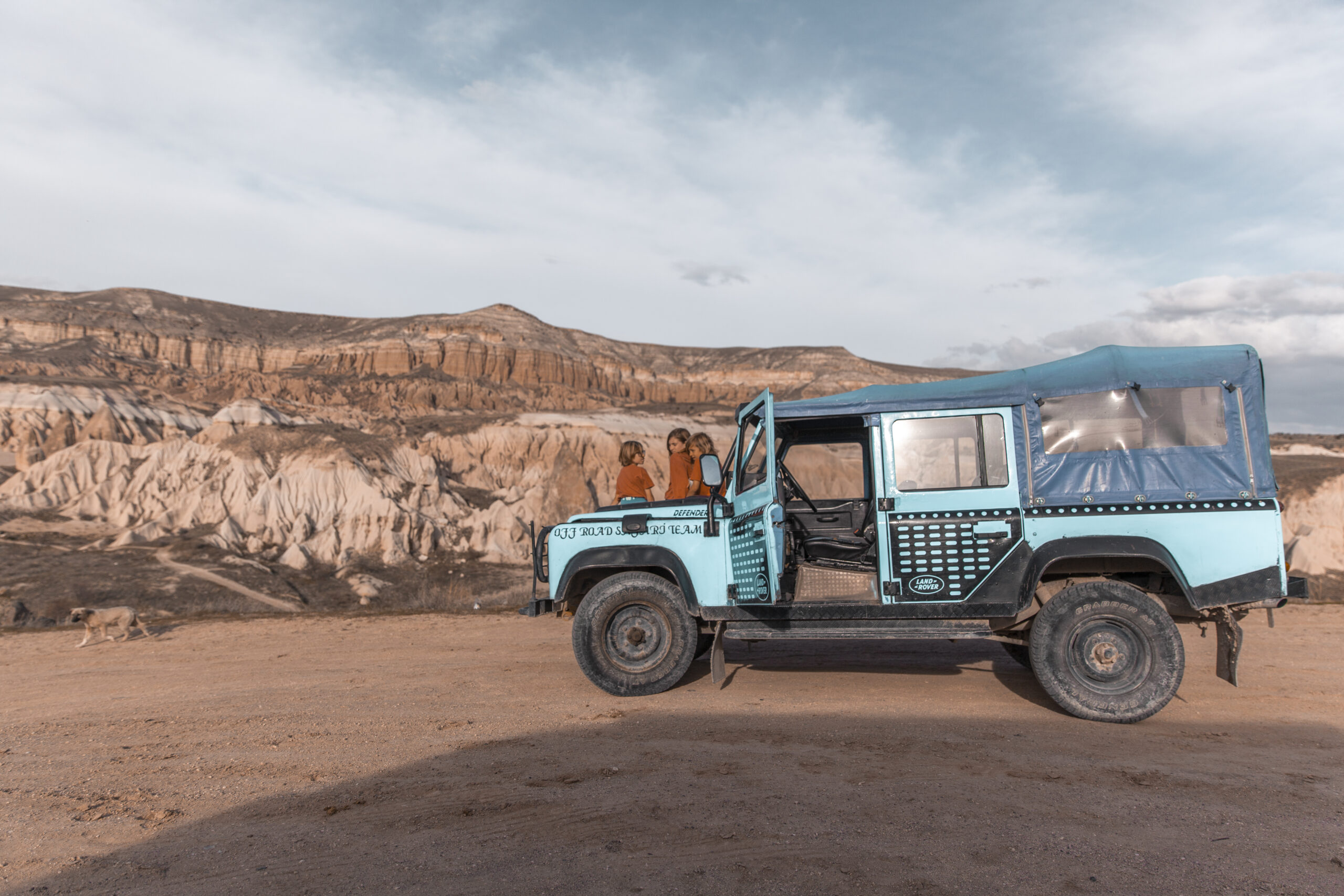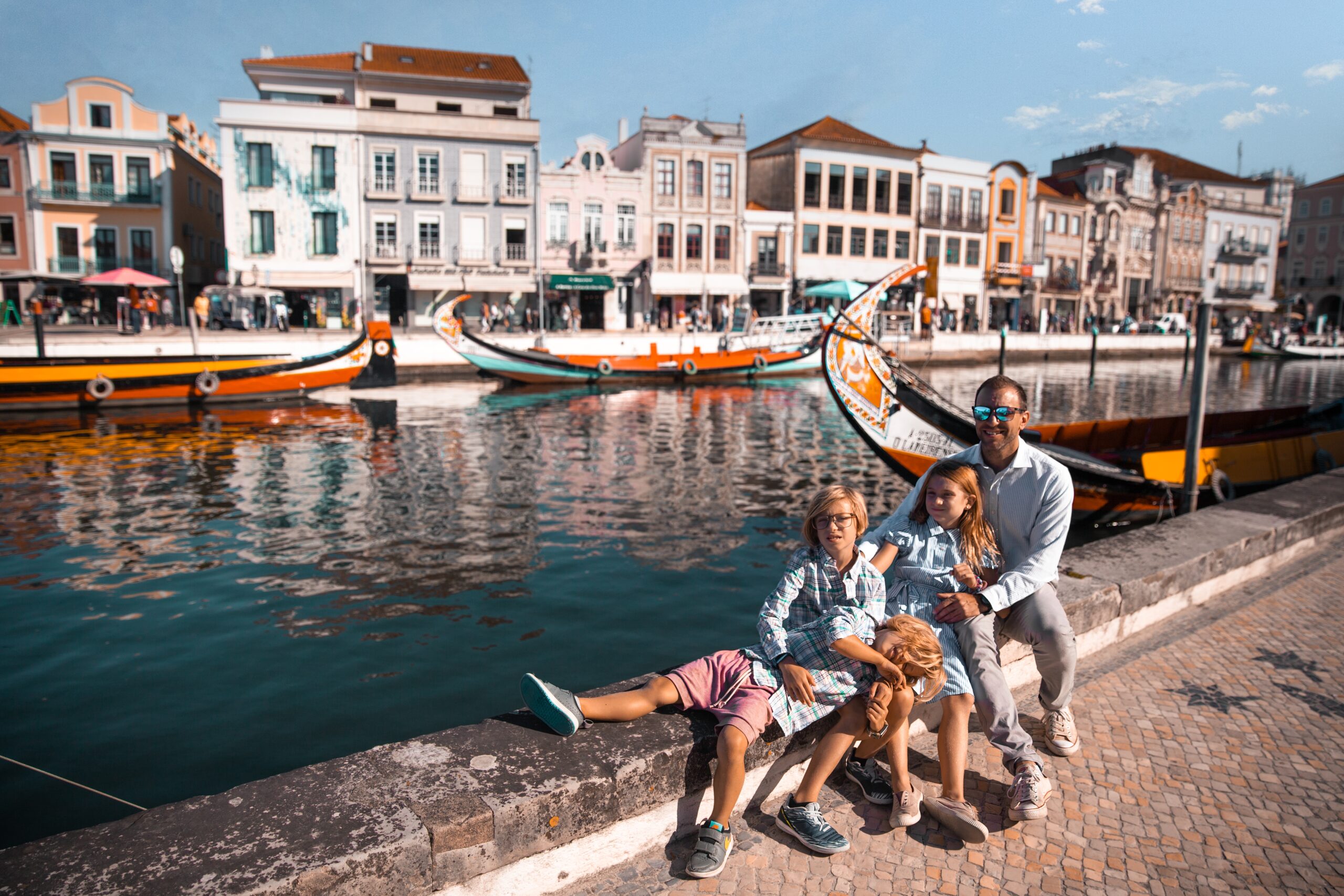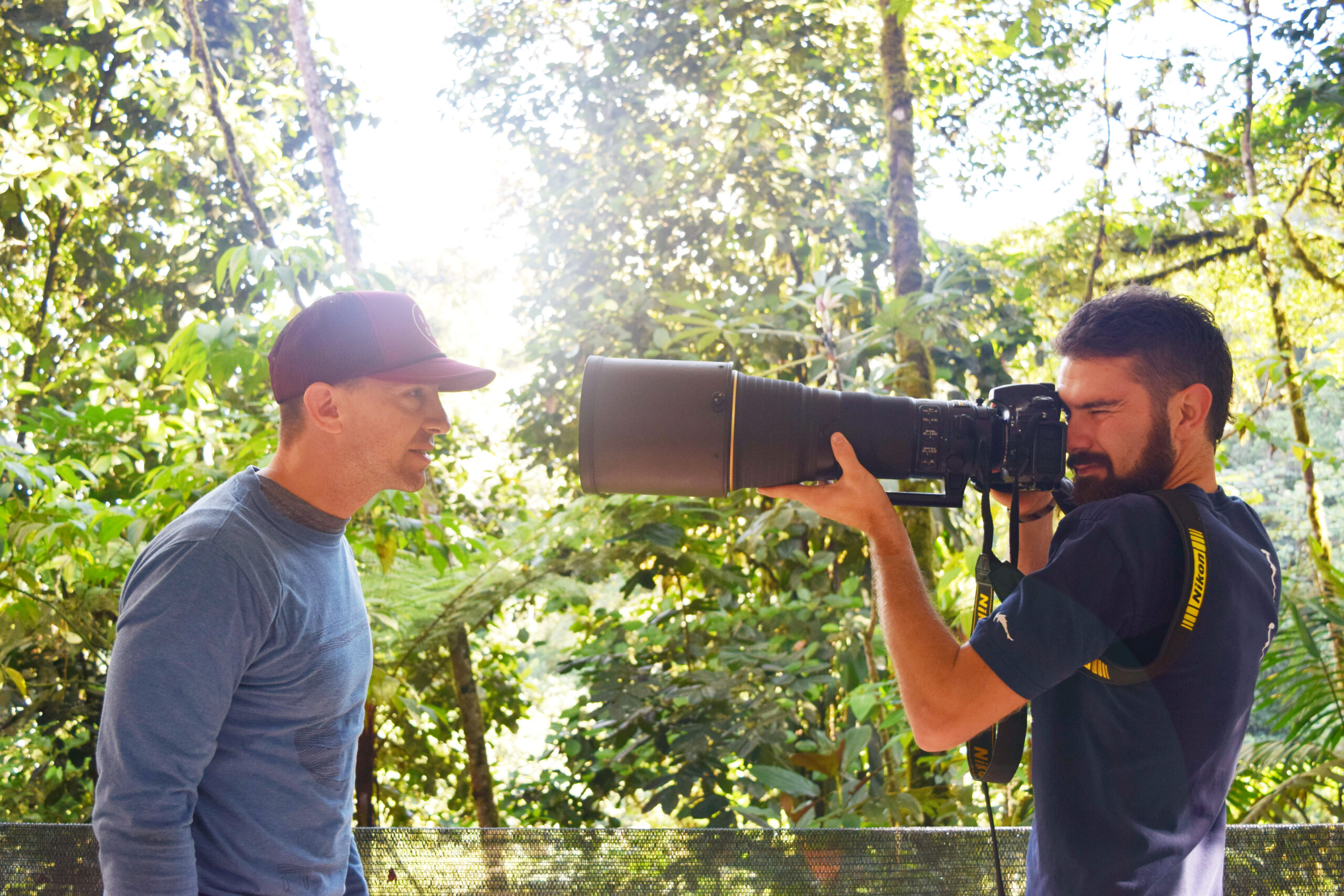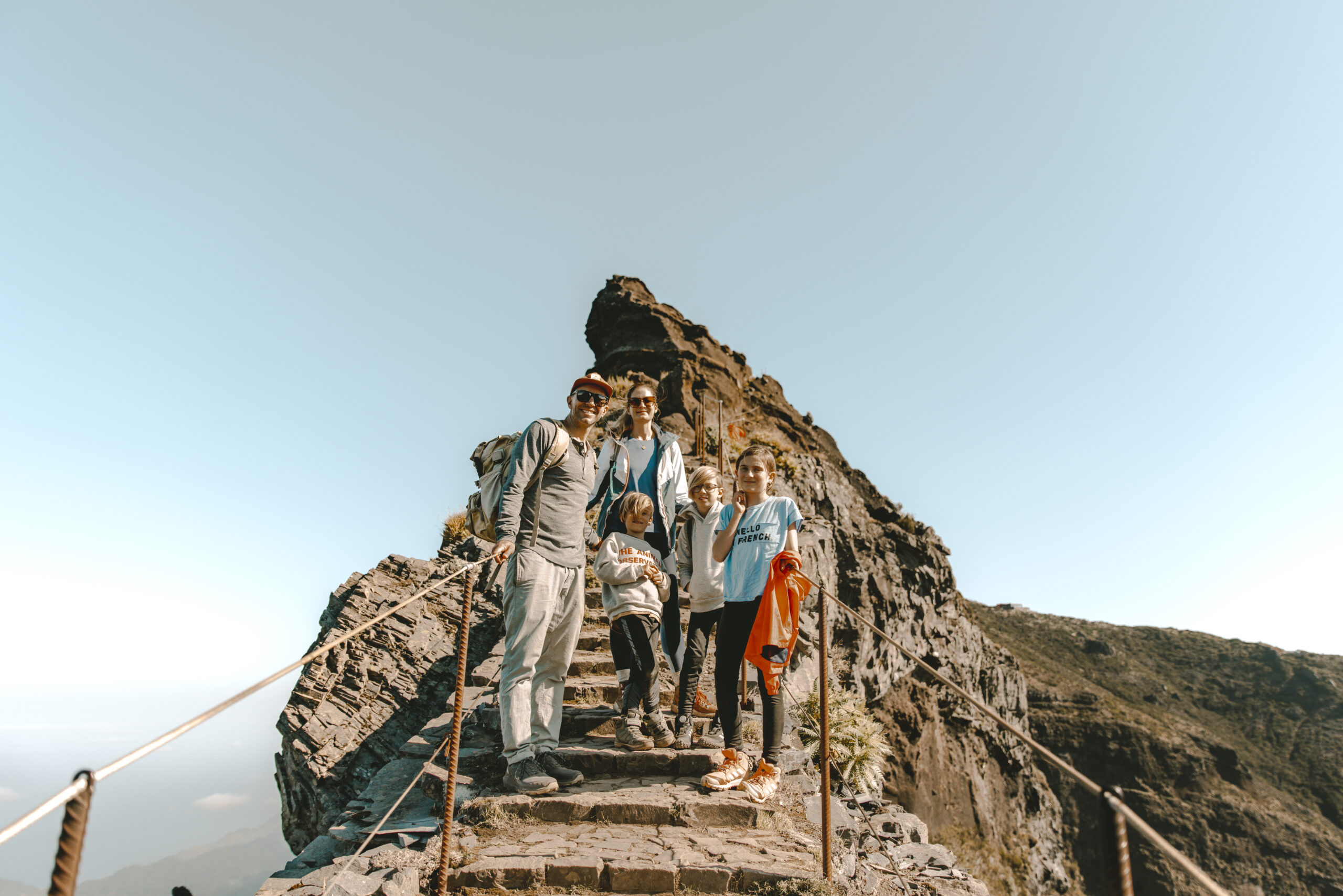Death in Asia, Part II – The Himalayas
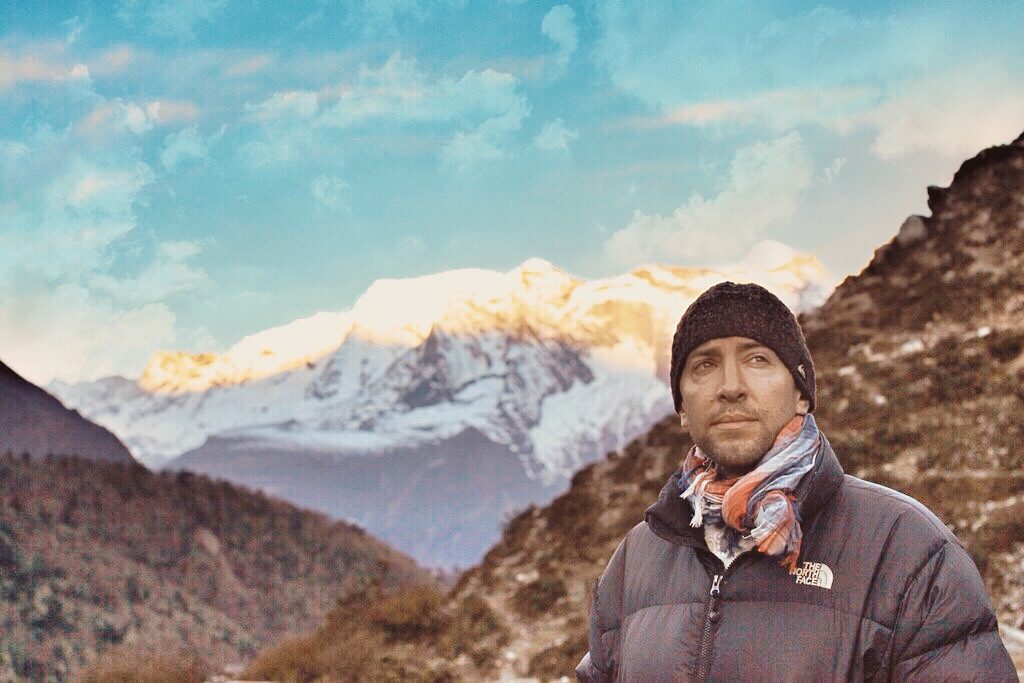
Death in Asia, Part II – The Himalayas Success!! I followed the two men down one of several makeshift aisles. Where they were leading me to, I didn’t know. Just then, I turned and looked to my left. Sitting neatly at eye-level was a black bag with a lime-green tag. Not just any lime-green tag, MY lime-green tag. I found my bag! It was just one of our bags, however, where the other one was was still a mystery. I was assured that the other one was forthcoming. At any rate, I had a bag. I grabbed it, signed a paper, and made a B-line to the domestic terminal. A Very Rocky Flight Indeed I met up with my wife and our guide, Lobsang, where we were quickly ushered to a small propeller plane being loaded up with beer. We took off from Kathmandu (Elevation: 4,600ft.) and soon we were turbulently flying through clouds on our way to one of the world’s most dangerous airports – the Tenzing-Hillary airport in Lukla, Nepal (Elevation: 9,383ft.). Outside our window the Himalayas shot upward to the sky. We were seemingly flying parallel to the peaks now. The mountain range looked like a giant, magical swath of icy-adventure-land in the sky. For a moment it looked as if we were gazing out at a glacial valley filled with Yetis and other mythical creatures. I got lost in this dreamland, which helped take my mind off the apparent fact that the captain was now purposely flying through any cloud he could find in order to violently shake our modest flying machine. We landed at the airport and soon realized what an amazing feat it is to take off and land an airplane on the sole sloping runway of this famous Nepalese airport. At the higher end of the runway stood a chainlink fence – which was all that stood in the way of an airplane running into the side of the mountain. An airplane in need of repair was parked off of the runway next to an abandoned building, itself having hit that chainlink fence a month before after miscalculating the speed of its landing. At the other, lower end of the short runway was nothing but a shear drop-off of a few thousand feet. Since we only recovered one suitcase, mine, we considered outfitting my wife with some gear. But being three days behind already, my wife forewent comfort and we immediately hit the trail. Her baggy attire made it seem like I was accompanying an young, possibly troubled hoodlum up the mountain. Ok, Let’s Try to Get up this Mountain as Soon as Humanly Possible Now, my wife and I are, admittedly, competitive hikers. We always take pride on rarely, if ever, being passed on trails. And since our time to reach basecamp was limited, it was even more incentive to reach our first checkpoint as quickly as possible. So we took off, with our heavy gear being carried by a porter and our guide at our side. Long bridges suspended over deep valleys. The trail kept going up, only to immediately descend the same amount of elevation we just gained. Arduous, but completely doable. We had hiked at elevation before, so the trail seemed simple to us. We stopped for lunch in Phakding (Elevation: 8,563ft.), what would typically be the first night’s resting point, hours before it was planned. Mistake #3: Not Acclimatizing at our First Stop Namche Instead of spending the night and acclimatizing in Phakding however, we forged on to Namche Bazaar (Elevation: 11,290 ft.). By the end of the day, we had reached the quaint-looking village of Namche. There was no real flat ground in Namche. From the town’s entrance all steps led upward. Each level containing a new row of buildings. I felt a touch of a headache in the back of my head. My wife and I toured the town – collecting souvenirs, taking photos. The plan was to take an additional day in Namche to acclimatize. But we were still days behind our schedule. Lopsang agreed to allow us to skip the rest and acclimatization day that was planned. He allowed the decision to be ours. After a soup-based meal and plenty of two-person card games, we went to bed. It was a cold night’s sleep – insulation is just not the same here – and proved fairly restless. Plus my headache never left me that night. Great pain swelled up in the back of my head like toxic fluid sitting just below the epidermis of my scalp. Upon awaking, my headache even seemed slightly worse than when I went to sleep. After a soup-based breakfast, we departed Namche. Mistake #4: Not Acclimatizing at our Second Stop Phortse On what should have been day five of our trip, we started our second day with an early sprint up the mountain to Phortse (Elevation: 12,632ft.). There was nice flat ground to begin the day – a path with hugged the mountain on one side, while showcasing a shear drop-off on the other side. The headache continued, but I figured that after five hours of hiking I would be able to rest and acclimatize at our next stop. We raced past workers carrying heavy loads on their backs. The trail went up, the trail went down. I noticed we were a bit slower than day one, but we kept on going after breaking shortly for lunch. My headache intensified, but Lobsang told us we were only an hour away. However, the toughest part of the hike was upon us. Stairs and switchbacks led up the mountain. We passed a father and son on the trail who looked out of breathe and exhausted. My heart began to race just after we greeted and passed our fellow hikers. I could feel a tightening in my head. The terrain was grey – like it was burnt and neglected. I struggled to catch my breath. The clouds rolled in around us.
Death in Asia, Part I – Kathmandu
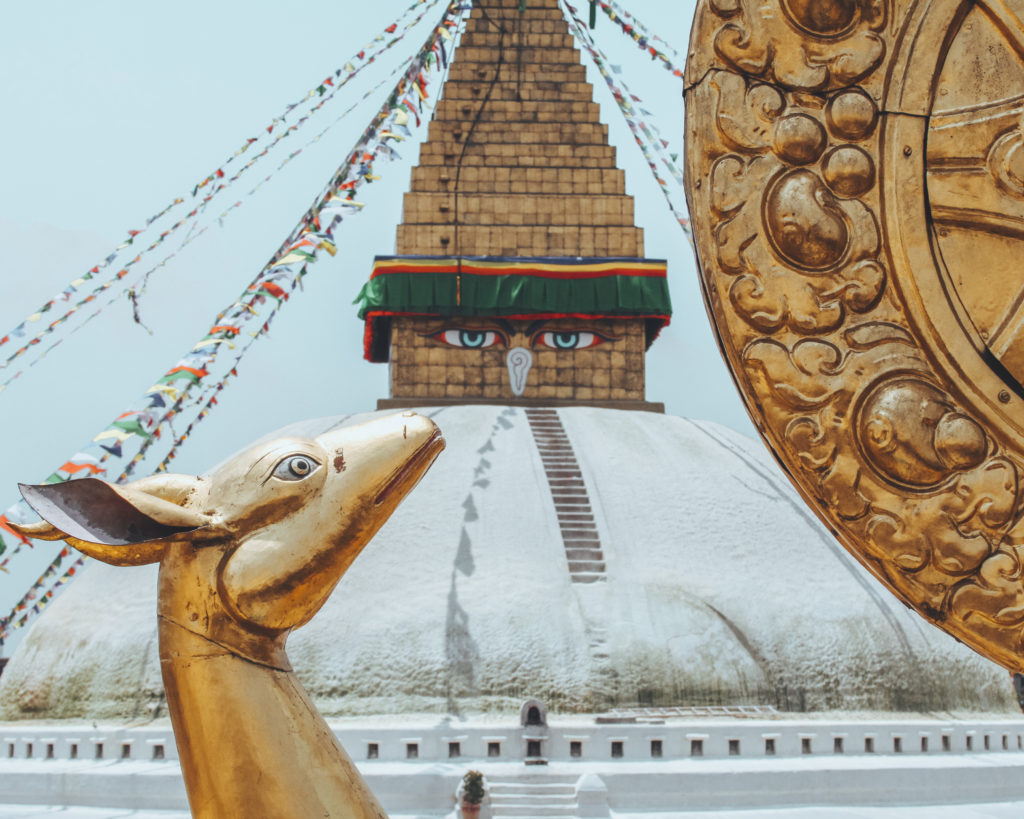
Death in Asia, Part I – Kathmandu Mistakes Man, Mistakes My wife and I travel a lot. Perhaps not as much as the average businessperson, but a lot no less. Especially abroad. But as much as we’ve traveled, we still make mistakes. These mistakes have led to missed flights, dangerous situations, wasted money, missed opportunities, lost property, lost time, anxiety, anger, frustration, and embarrassment. I wish I could say we’ll be mistake-free on future trips, but I know it’s not the case. On our four-week trip to India, Nepal, and Mount Everest Basecamp, we committed several mistakes. Not everything was entirely our fault, but still. And apparently our mistakes nearly led to my death, or so I was told. At any rate, I felt like death for about three weeks straight. So let this story serve as a warning to those that follow. Mistake #1: Trusting Someone Who Works Behind a Counter for a Living We were set to depart from Los Angeles International Airport (LAX) and arrive in Kathmandu, Nepal with layovers in Paris and Bahrain. It would only take us 32 hours in total. What a breeze. I suppose that’s what I get for traveling on airline miles. Checking in at the Air France counter was a typical encounter: Air France Employee: I have you checked all the way to Kathmandu. Us: Great. Thank you! Air France Employee: You will just have to exit the plane in Paris, collect your luggage, and check in at the counter for your flight to Bahrain. Us (thinking): (That seems strange. We have a very short layover in Paris. Why wouldn’t they just check our baggage all the way through?) Us: Ok great. Wait, will we have enough time in Paris to collect our luggage, go through customs, and then make it through all the lines to re-board? Air France Employee: Yes. Absolutely. You’ll have plenty of time. All Aboard After boarding the plane and sitting on the tarmac for almost an hour, we realized we were in trouble. But since there wasn’t much we could do about it, we decided to drink a lot and worry later. But after several drinks, several laughs, a nap, a failed attempt to watch a movie, and a pounding headache, we soon noticed we were descending into Paris. Our worries quickly reappeared. When landing at Charles de Gualle airport, we immediately went into “Amazing Race Mode” and pushed our way to the front of the plane as if we were exiting the Titanic. Long hallways, wheelchairs, and small children proved no match for our speed and agility. We found ourself in the connection crossroads with 25 minutes remaining until our next flight took off and just about tackled the first Air France employee we saw at a counter. Me: We’re connecting through the Bahrain but we need to exit, grab our luggage, make it through customs, and return. Can you help us? Air France Employee: Why weren’t your bags checked through to your final destination? Me: Good question. You tell me. (sarcasm completely lost on the employee) 15 minutes until our plane departed Air France Employee: Let me call someone. The best the Air France employee could offer was a walkie-talkie call to another employee near baggage claim. Our answers to some very important questions were relayed to the less-than-eager-sounding employee near baggage claim. Air France Employee: What color are the bags? Us: Black Air France Employee: What size? Us: Large. Us (thinking): (Shit, we’re not helping our case) 5 minutes until our plane departed Air France Employee: If we find your bags we will put them on the plane to Bahrain. You can pick them up there. The “if” in that statement particularly stood out to me for some reason. The reason being, “if” almost certainly meant they would not find our bags. Confused and discouraged by the entire situation, we boarded our plane to Bahrain. Bahrain In a small wing of the Bahrain airport we spent 8 hours waiting for our flight to Kathmandu. Well, waiting and hoping to see the arrival of our luggage. Every hour or so we’d check in at our gate to get a status update. Me: “Are our bags here yet?” Airline Counter Person:“What is your name?” Me: “I just talked to you an hour ago. We’re the couple who were waiting for our bags from Paris.” Airline Counter Person: “Oh, yes.” Me: “Yes, our bags are here??” Airline Counter Person: “No. Well, let me check. No.” With nothing really to do, we absorbed the sights, smells, and culture of the Bahrain airport. Airports be Crazy Sometimes Airports around the world are funny places. By that, I mean that you tend to see some very diverse people, but overall the airport seems to be a pretty genuine reflection and representation of the city’s population. In London’s Heathrow, you will certainly see more Oxford shirts, bespoke suits, Seville Row-like stuff on pale-looking people. In Miami International there’ll be more short-sleeved button-up shirts with the top two or three buttons unbuttoned, short shorts, and large gold necklaces on bronzed-looking people. In Los Angeles International there will certainly be more hipsters in sweatpants wearing sunglasses indoors. Even the restaurants seem to match. For example, I had the best mojito of my life while eating a cuban sandwich in the Miami airport. And I had Amazing sushi in Tokyo’s International Airport (Haneda). Etc., etc. Bahrain did not disappoint. I know we were in the Middle East, but I swear to you I was so surprised by all of the thawbs (dishdashas?) being worn by, well, almost everybody. I quickly scanned the room so my feeble brain could assess our surroundings. “It’s mostly men. All male goat herders. All huddled together on the floor. Wait, are they all really goat herders? This entire airport smells like livestock. So at least a bunch of these guys must be goat herders. But they couldn’t have all left their goats at home, right? Why do

